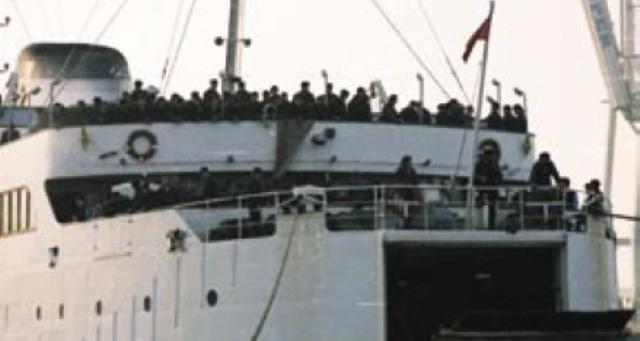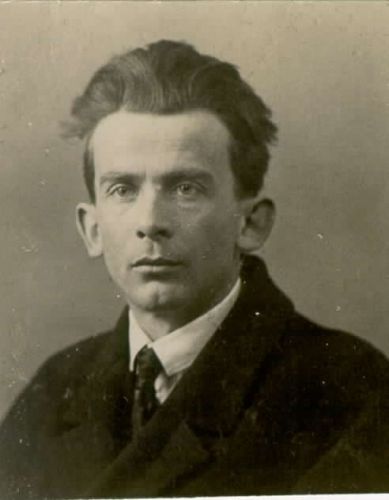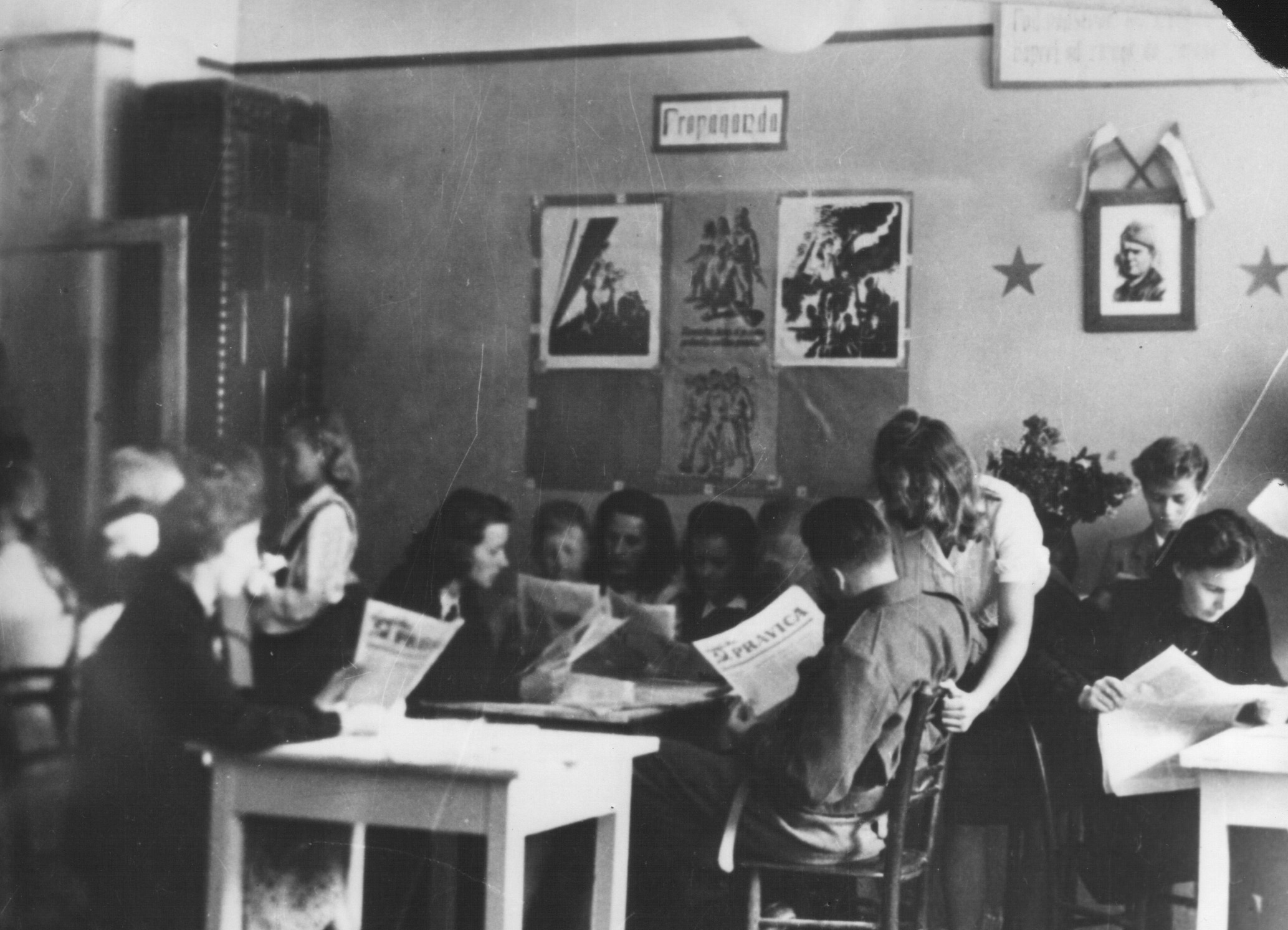|
Sovereignty Day (Slovenia)
Sovereignty Day ( sl, dan suverenosti) is a public holiday in Slovenia, celebrated on 25 October. It commemorates one of the key events in the process of attaining independence, namely withdrawal of the last Yugoslav People's Army (JNA) soldier from the territory of present-day Slovenia. It is a designated state holiday, but not a work-free day. Background The Ten-Day War, a civil war, started in the former Yugoslavia on 27 June 1991 between the Yugoslav army and the Slovenian Territorial Defence, ending on 7 July with Slovenia's decisive victory and Slovenia becoming independent. In the Brioni Agreement signed by both parties, Slovenia agreed to postpone its independence by three months and the Yugoslav military was allowed to leave Slovenian territory in stages, with a deadline of the end of October. The last Yugoslav army soldier left around midnight of 25 October 1991, the day now declared as "Sovereignty Day". Date issue The key event, the departure of the ship with the l ... [...More Info...] [...Related Items...] OR: [Wikipedia] [Google] [Baidu] |
Slovenia
Slovenia ( ; sl, Slovenija ), officially the Republic of Slovenia (Slovene: , abbr.: ''RS''), is a country in Central Europe. It is bordered by Italy to the west, Austria to the north, Hungary to the northeast, Croatia to the southeast, and the Adriatic Sea to the southwest. Slovenia is mostly mountainous and forested, covers , and has a population of 2.1 million (2,108,708 people). Slovenes constitute over 80% of the country's population. Slovene, a South Slavic language, is the official language. Slovenia has a predominantly temperate continental climate, with the exception of the Slovene Littoral and the Julian Alps. A sub-mediterranean climate reaches to the northern extensions of the Dinaric Alps that traverse the country in a northwest–southeast direction. The Julian Alps in the northwest have an alpine climate. Toward the northeastern Pannonian Basin, a continental climate is more pronounced. Ljubljana, the capital and largest city of Slovenia, is geogr ... [...More Info...] [...Related Items...] OR: [Wikipedia] [Google] [Baidu] |
National Assembly (Slovenia)
The National Assembly ( sl, Državni zbor Republike Slovenije, or ), is the representative democracy, general representative body of Slovenia. According to the Constitution of Slovenia and the Constitutional Court of Slovenia, it is the major part of the distinctively incompletely bicameral Slovenian Parliament, the legislative branch of the Republic of Slovenia. It has 90 members, elected for a four-year term. 88 members are elected using the party-list proportional representation system and the remaining two, using the Borda count, by the Slovenia#Hungarian and Italian, Hungarian and Italian-speaking ethnic minorities, who have an absolute veto in matters concerning their ethnic groups. As of May 2022, the 9th National Assembly of the Republic of Slovenia is in session. Legislative procedure A bill can be submitted to the National Assembly by: * the Government * an MP * the National Council (Slovenia), National Council * 5,000 voters The legislative procedure begins when ... [...More Info...] [...Related Items...] OR: [Wikipedia] [Google] [Baidu] |
Public Holidays In Slovenia
There are two kinds of public holidays in Slovenia – state holidays and work-free days. State holidays are those celebrated by the state. These include official functions and flying the national flag. The latter are actually Catholic religious holidays, which are equivalent to any Sunday: companies and schools are closed, but there is no official celebration. 9 of 14 state holiday days are work-free, and there are additional 6 work-free days in Slovenia. Two of them always fall on Sunday, thus, there are effectively at most 13 work-free days in Slovenia. State holidays that are work-free are shown in pale green, while work-free days that are not state holidays (coinciding with Catholic religious holidays) are shown in blue. In addition to these, several other holidays are traditionally and popularly celebrated by the people of Slovenia, although not being work-free. The best known are: * Carnival (''pust'', date varies), * International Women's Day, 8 March * St. George's D ... [...More Info...] [...Related Items...] OR: [Wikipedia] [Google] [Baidu] |
October Observances
October is the tenth month of the year in the Julian and Gregorian calendars and the sixth of seven months to have a length of 31 days. The eighth month in the old calendar of Romulus , October retained its name (from Latin and Greek ''ôctō'' meaning "eight") after January and February were inserted into the calendar that had originally been created by the Romans. In Ancient Rome, one of three Mundus patet would take place on October 5, Meditrinalia October 11, Augustalia on October 12, October Horse on October 15, and Armilustrium on October 19. These dates do not correspond to the modern Gregorian calendar. Among the Anglo-Saxons, it was known as Winterfylleth (Ƿinterfylleþ), because at this full moon, winter was supposed to begin. October is commonly associated with the season of spring in parts of the Southern Hemisphere, and autumn in parts of the Northern Hemisphere, where it is the seasonal equivalent to April in the Southern Hemisphere and vice versa. Oc ... [...More Info...] [...Related Items...] OR: [Wikipedia] [Google] [Baidu] |
Law Enforcement In Slovenia
The Slovenian National Police Force is the national government agency that handles the responsibility of law enforcement of the Republic of Slovenia. It is composed of the eight police directorates in Celje, Koper, Kranj, Ljubljana, Maribor, Murska Sobota, Nova Gorica, and Novo Mesto.Slovenian Police Retrieved April 7, 2016 Law enforcement in is governed by the Slovenian Ministry of Internal Affairs. The police force maintains a number of international partnerships with foreign police forces, including training with the U.S. |
Kamnik
Kamnik (; german: Stein''Leksikon občin kraljestev in dežel zastopanih v državnem zboru,'' vol. 6: ''Kranjsko''. 1906. Vienna: C. Kr. Dvorna in Državna Tiskarna, pp. 26–27. or ''Stein in Oberkrain'') is a town in northern Slovenia. It is the central settlement of the Municipality of Kamnik. It encompasses a large part of the Kamnik Alps and the surrounding area. The town of Kamnik has three castles as well as many examples of historical architecture. History The name Kamnik was first mentioned in the 11th century. The first time it was mentioned as a town was in 1229, when it was an important trading post on the road between Ljubljana and Celje. This makes the town one of the oldest in Slovenia. In the Middle Ages, Kamnik had its own mint and some aristocratic families among its residents. The town was among the most influential centers of power for the Bavarian counts of Andechs in the region of Carniola at the time. The only remnant of the Bavarian nobility are the ... [...More Info...] [...Related Items...] OR: [Wikipedia] [Google] [Baidu] |
Borut Pahor
Borut Pahor (; born 2 November 1963) is a Slovenian politician who served as President of Slovenia from 2012 to 2022. He previously served as Prime Minister of Slovenia from November 2008 to February 2012. A longtime member and former president of the Social Democrats, Pahor served several terms as a member of the National Assembly and was its speaker from 2000 to 2004. In 2004, he was elected as a Member of the European Parliament (MEP). Following the victory of the Social Democrats in the 2008 Slovenian parliamentary election, Pahor was appointed as Prime Minister. In September 2011, Pahor's government lost a confidence vote amidst an economic crisis and political tensions. He continued to serve as the ''pro tempore'' Prime Minister until he was replaced by Janez Janša in February 2012. In June 2012, he announced he would run for the largely ceremonial office of President of Slovenia. He defeated the incumbent Danilo Türk in a runoff election held on 2 December 2012, r ... [...More Info...] [...Related Items...] OR: [Wikipedia] [Google] [Baidu] |
President Of Slovenia
The president of Slovenia, officially the president of the Republic of Slovenia ( sl, Predsednik Republike Slovenije), is the head of state of the Republic of Slovenia. The position was established on 23 December 1991 when the National Assembly passed a new constitution as a result of independence from the Socialist Federal Republic of Yugoslavia. According to the constitution, the president is the highest representative of the state. In practice, the position is mostly ceremonial. The president can appoint high ranking officials such as the head of the Central Bank of Slovenia, but they have to be confirmed by the parliament. Among other things, the president is also the commander-in-chief of the Slovenian Armed Forces. The office of the president is the Presidential Palace in Ljubljana. The president is directly elected by universal adult suffrage for a term of five years. Any Slovenian citizen of legal age (18 or more) can run for President, but can hold office for only two ... [...More Info...] [...Related Items...] OR: [Wikipedia] [Google] [Baidu] |
Radiotelevizija Slovenija
Radiotelevizija Slovenija ( en, Radio-Television of Slovenia) – usually abbreviated to RTV Slovenija (or simply RTV within Slovenia) – is Slovenia's national public broadcasting organization. Based in Ljubljana, it has regional broadcasting centres in Koper and Maribor and correspondents around Slovenia, Europe, and the world. RTV Slovenija's national radio services operate under the name , while the television division carries the name or . The names are sometimes Anglicized as ''Radio Slovenia'' and ''TV Slovenia'', respectively. There are three national and four regional radio services, which can all be heard online as well. RTV Slovenija also finances the RTV Slovenia Symphony Orchestra and the RTV Slovenia Big Band. The legal foundation for the institution is the Radiotelevizija Slovenija Act ( sl, Zakon o Radioteleviziji Slovenija). It is the only public nonprofit broadcasting organization in Slovenia to operate both radio and television stations. The law also requ ... [...More Info...] [...Related Items...] OR: [Wikipedia] [Google] [Baidu] |
Modern Centre Party
The Modern Centre Party ( sl, Stranka modernega centra, SMC) was a social-liberal political party in Slovenia led by Minister of Economical Development and Technology Zdravko Počivalšek, who succeeded former Prime Minister and former Minister of Foreign Affairs Miro Cerar as the party president. It formed in 2014 and merged with Economic Active Party in 2021, to form a party Concretely. History The party was established during the founding congress on 2 June 2014 as the ''Party of Miro Cerar'' (''Stranka Mira Cerarja'', SMC). SMC was spearheaded by Miro Cerar, a law professor and legal advisor to parliament, and the son of a famous Yugoslav Slovene athlete. The party rapidly ascended to top opinion polls shortly after its establishment. Only six weeks after its establishment, on 13 July 2014, the party received 34.6% of the vote in the 2014 parliamentary election, winning a plurality of 36 seats in the National Assembly, the most parliamentary seats of any party in the inde ... [...More Info...] [...Related Items...] OR: [Wikipedia] [Google] [Baidu] |
Yugoslav People's Army
The Yugoslav People's Army (abbreviated as JNA/; Macedonian and sr-Cyrl-Latn, Југословенска народна армија, Jugoslovenska narodna armija; Croatian and bs, Jugoslavenska narodna armija; sl, Jugoslovanska ljudska armada, JLA), also called the Yugoslav National Army, was the military of the Socialist Federal Republic of Yugoslavia and its antecedents from 1945 to 1992. Origins The origins of the JNA started during the Yugoslav Partisans of World War II. As a predecessor of the JNA, the People's Liberation Army of Yugoslavia (NOVJ) was formed as a part of the anti-fascist People's Liberation War of Yugoslavia in the Bosnian town of Rudo on 22 December 1941. After the Yugoslav Partisans liberated the country from the Axis Powers, that date was officially celebrated as the "Day of the Army" in the Socialist Federal Republic of Yugoslavia (SFR Yugoslavia). In March 1945, the NOVJ was renamed the "Yugoslav Army" ("''Jugoslavenska/Jugoslovenska Armija'' ... [...More Info...] [...Related Items...] OR: [Wikipedia] [Google] [Baidu] |
Delo (newspaper)
''Delo'' ( en, Labour) is a national daily newspaper in Slovenia. For more than 60 years, ''Delo'' has been involved in active co-creation of the Slovenian public space. It covers politics, economics, sports, culture and social events in Slovene. In addition to Slovenia, the paper is available in several Croatian cities and in Belgrade, Serbia. It is based in Ljubljana. History ''Delo'' was first published on 1 May 1959 when the newspapers '' Ljudska pravica'' ("The People's Right"), which was published since 1934, and '' Slovenski poročevalec'' ("The Slovene Reporter"), established in 1938, both the newspapers of the Communist Party of Slovenia, merged. Among the chief editors were Dušan Benko, Darijan Košir, Peter Jančič, and Uroš Urbas. Profile ''Delo'' is published in broadsheet format by media house Delo which also owns newspaper '' Slovenske novice''. It offers content in print and also on web, mobile and tablet platforms. It publishes a mixture of different media, ... [...More Info...] [...Related Items...] OR: [Wikipedia] [Google] [Baidu] |





